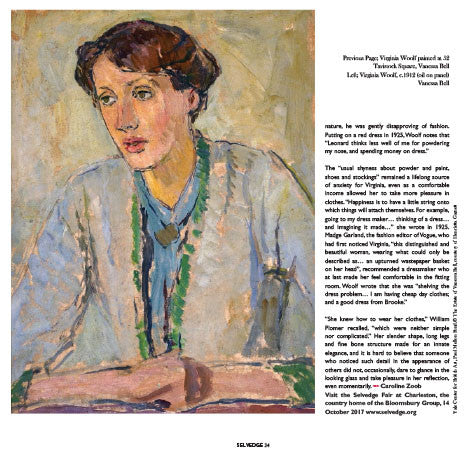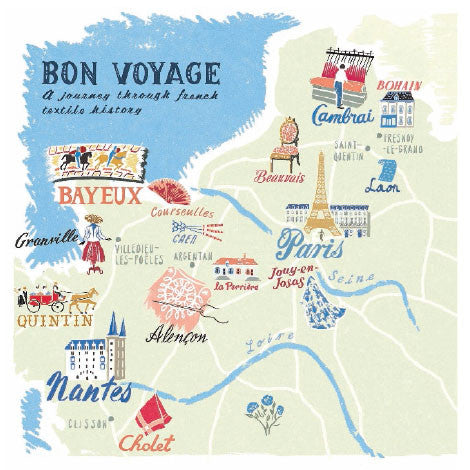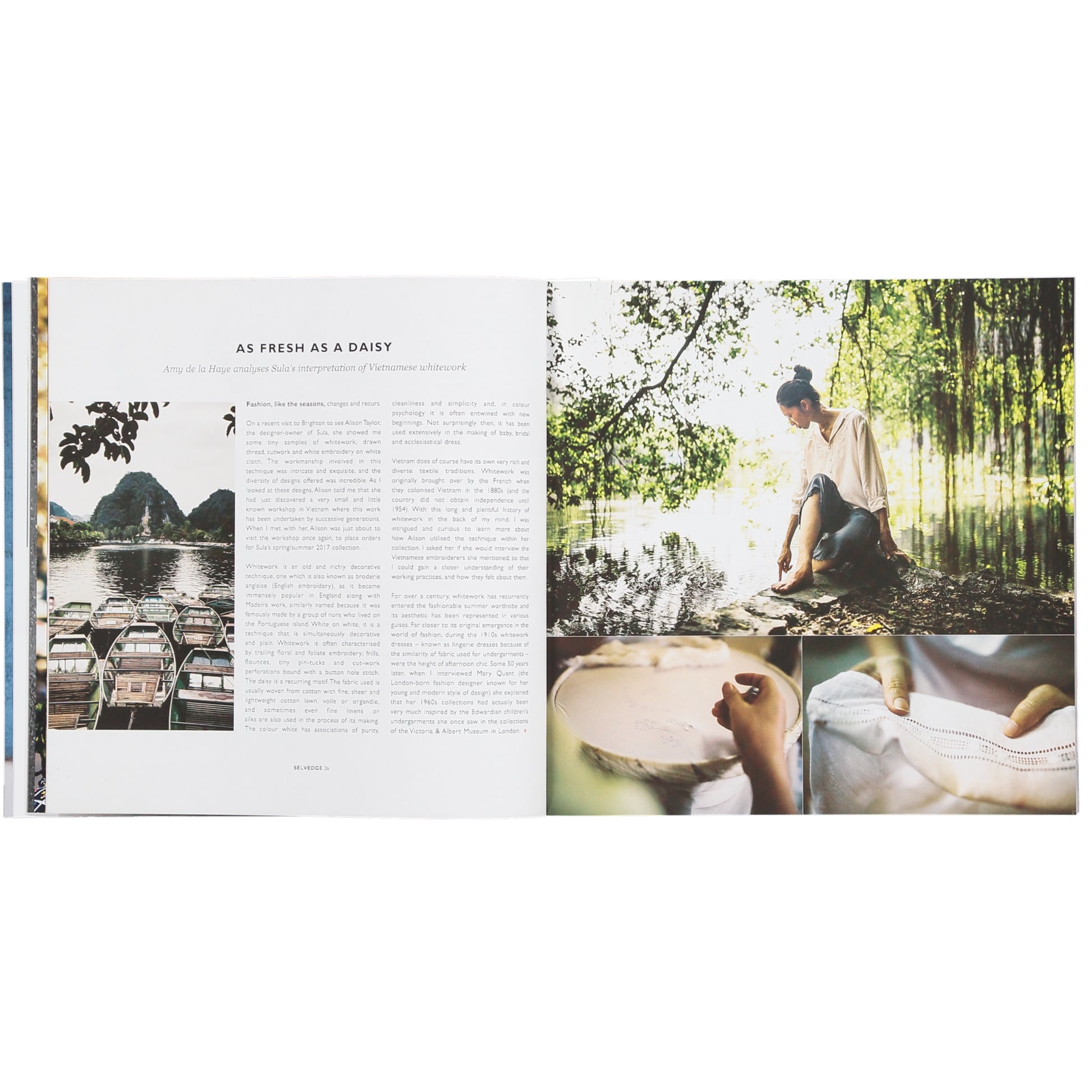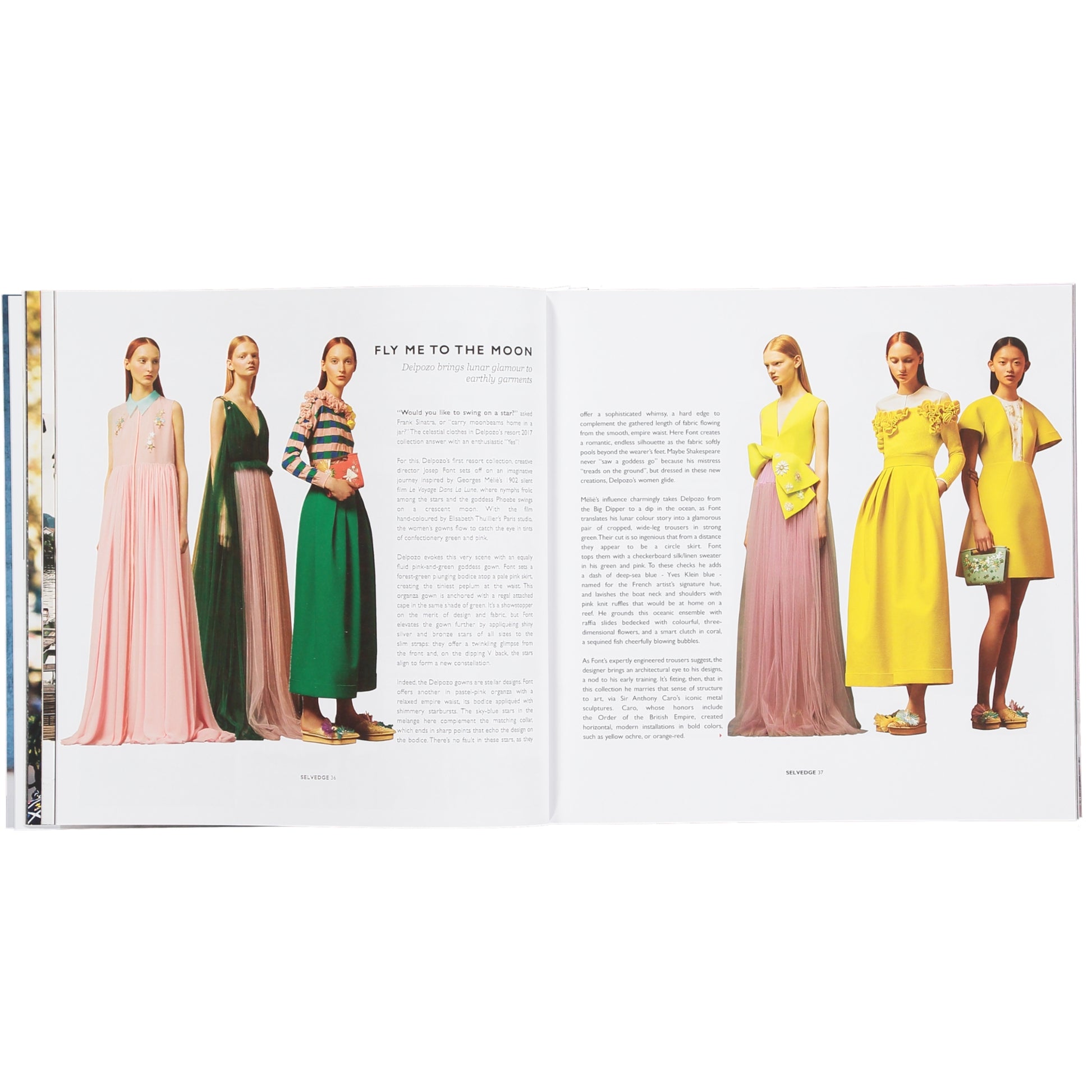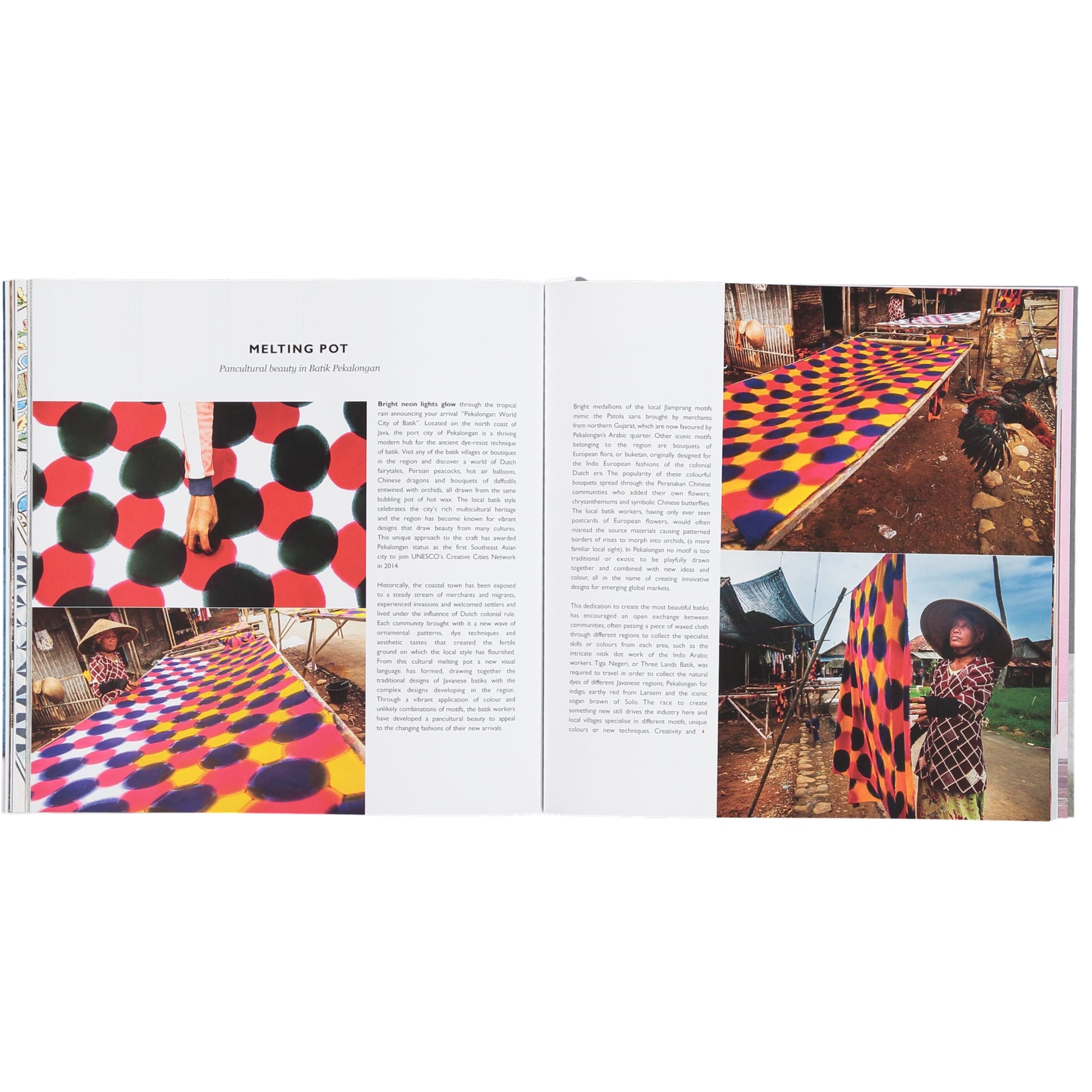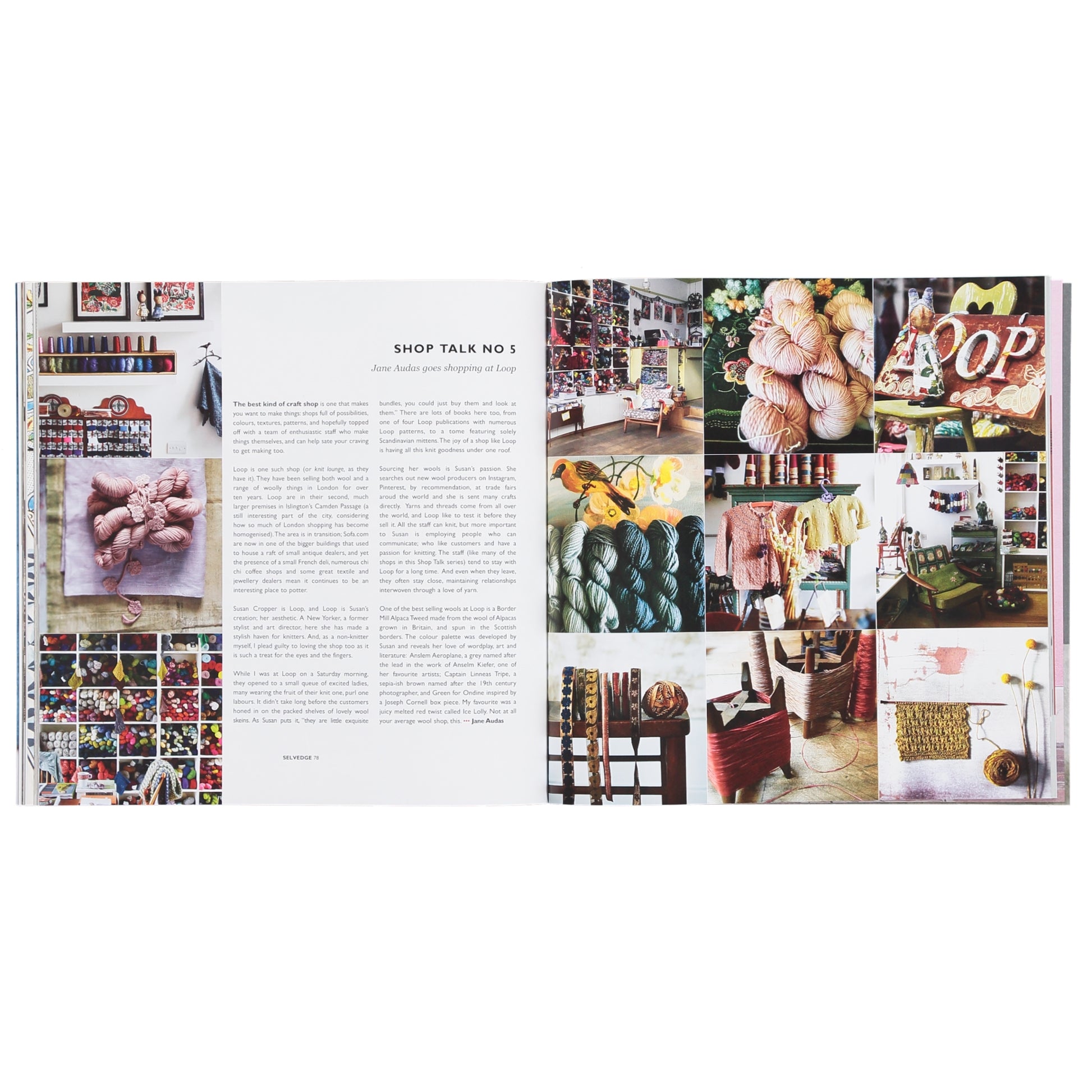Issue 76 Trade Winds - available as a digital copy only
Selvedge Magazine
Couldn't load pickup availability
Currently only available as a digital issue.
May/June 2017
TRADE WINDS ARE THE PREVAILING patterns of winds that blow north-east in the northern hemisphere and south-east in the southern. Once sails allowed ships to travel farther, these winds carried textiles around the world establishing trade routes. In this issue we explore this cross-pollination of ideas made possible by trade. Linda Baumgarten, curator of textiles and costumes at Colonial
Williamsburg, examines the American vehemence for Indian chintz in the 19th century. Architect Dr. Robin Williams introduces us to the remarkable engineering that dominates the Savannah waterfront, drawing parallels between it and that of the Leeds and Liverpool canal – both built to serve King Cotton. At the dawn of the industrial revolution these two regions, separated by over 4,000 miles, were linked by shared humidity, ingenuity and tenacity. Their relationship as well as the invention of the Cotton Gin in Georgia and the Spinning Jenny in Lancashire, changed the world forever.
Today migration is often painted in black and white terms: it is, however, more complicated as positive outcomes can be found in the cross fertilization of ideas. We look to the east and find traces of French tradition in exquisite Vietnamese embroidery. Favourable results of migration are also found in the batik of Pekalongan, Java, where sophisticated designs demonstrate influences from Chinese and Indian merchants as well as Dutch settlers. In our feature North and South, the partnership between Finnish designer Tuulia Mäkinen and Guinean Hamidou Diallo caught our attention for their mix of a cool northern aesthetic and hot southern energy, giving their textiles a contemporary African vibe. Finally, we touch on the meditative benefits of textiles with a look at Kimsooja’s art practice, and look forward to our Craft Spa symposium in association with London Craft Week, 5th of May. I do hope you can join us at the event.
Polly Leonard, Founder
Share







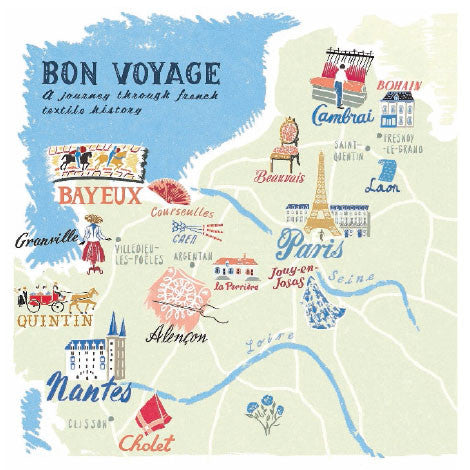
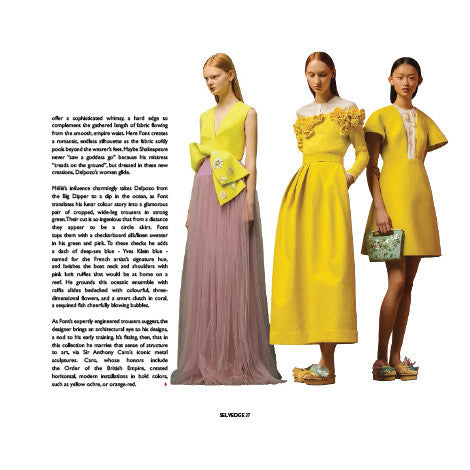
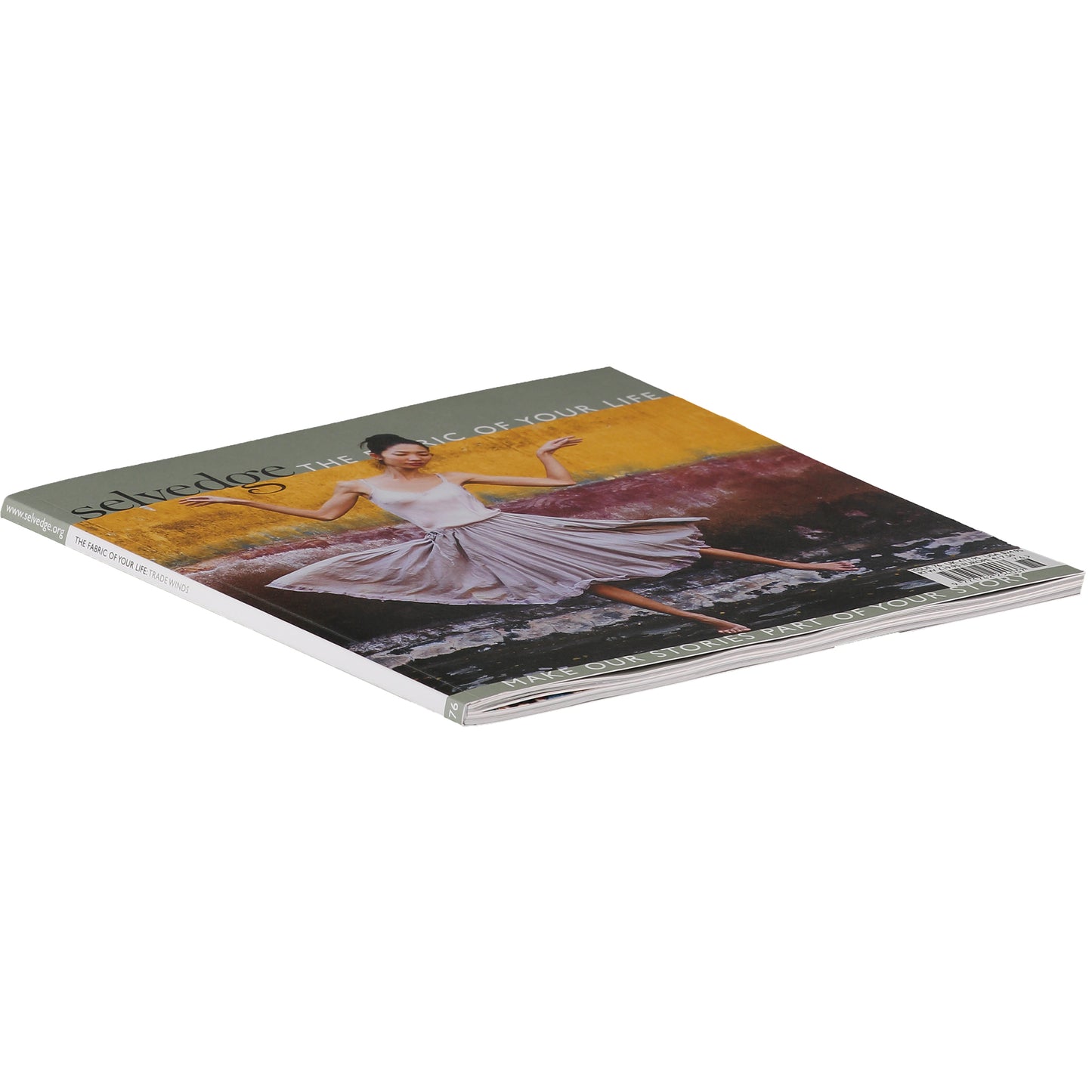



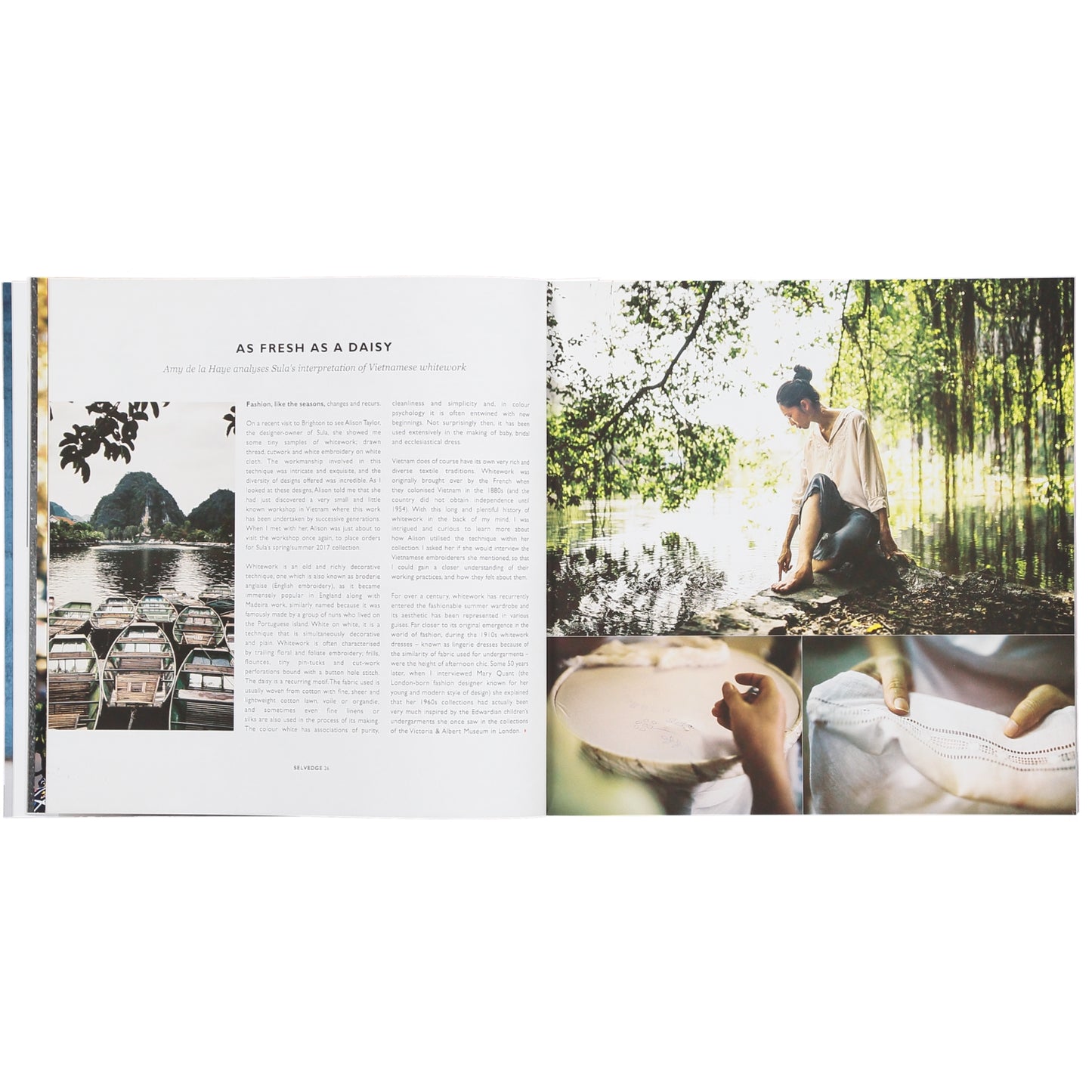
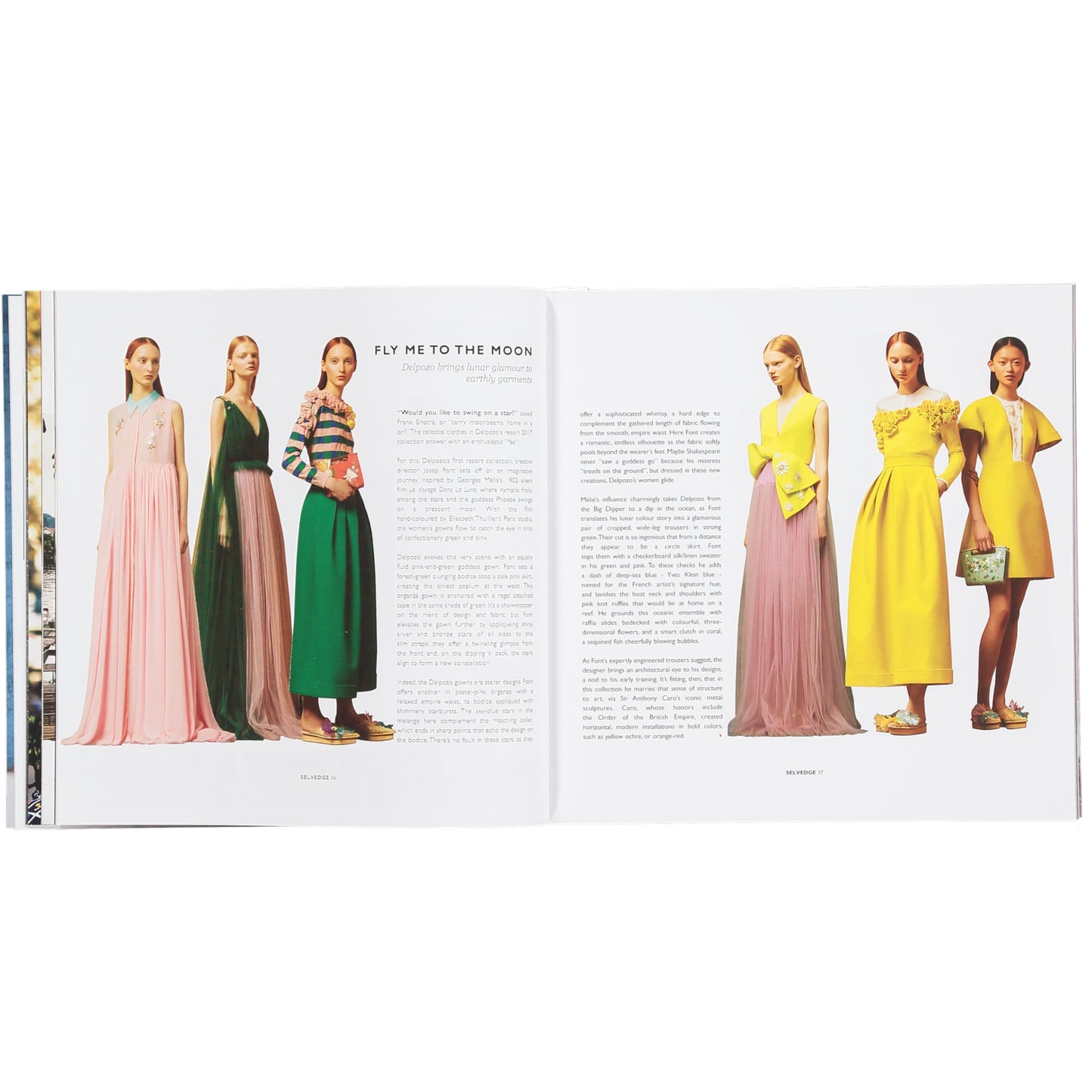

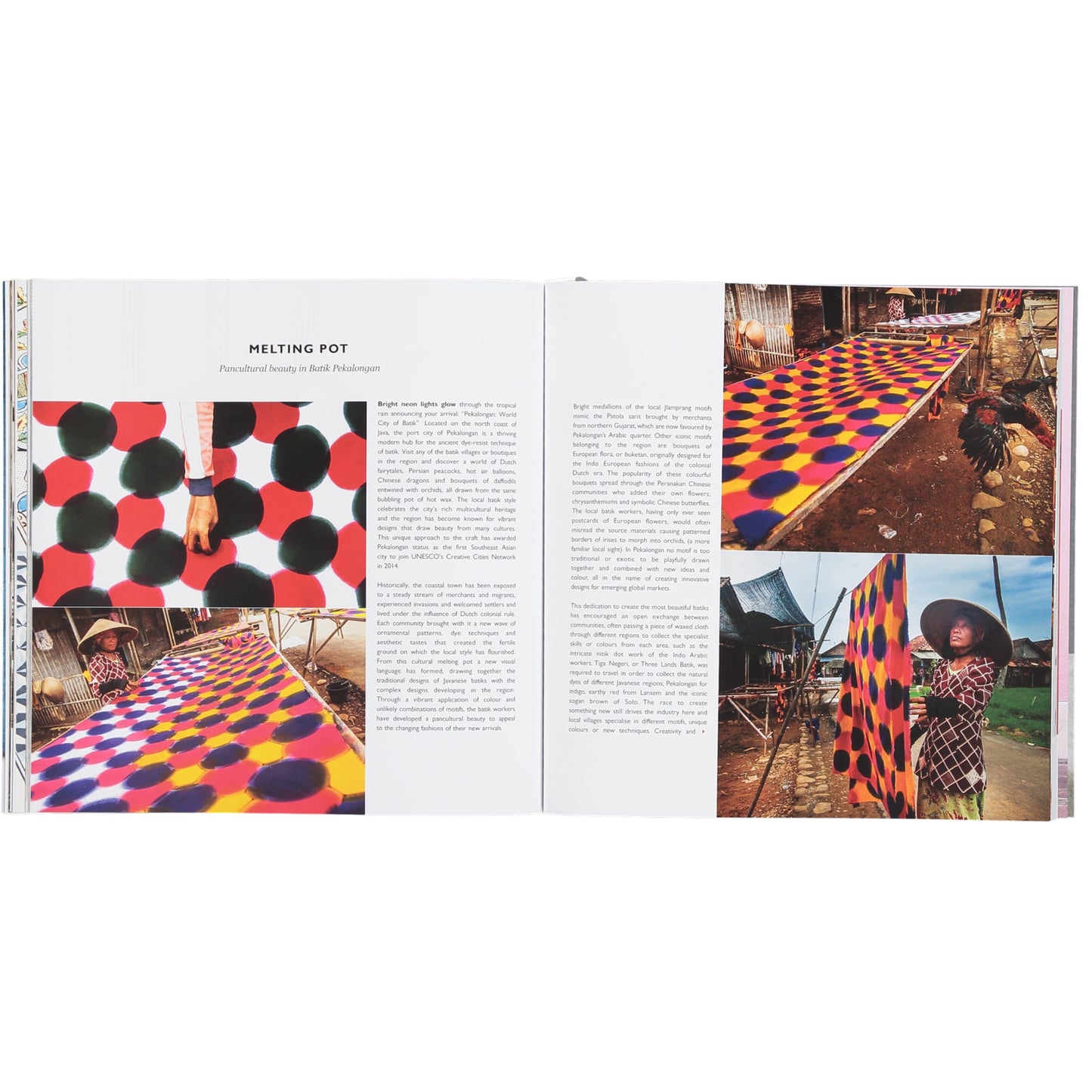


Favourite article was "Domino Effect".
Thank you for sharing your favourite article with us from issue 76 Rith. We love hearing from our readers and hope you enjoy reading more of our featured stories in both our extensive back catalogue and future issues.
Best wishes
Jane Laverty
Customer Service Manager
A truly enjoyable read
This magazine is a joy to read on every level. It is well researched, interesting and beautifully written. It cleverly connects the distant past with cutting edge current practice and has inspired me to learn more about both. Now I want to read more!
Visually very satisfying and intellectually stimulating
I always find Selvedge Magazine visually very satisfying and intellectually stimulating. I have all the issues in my library and will have to find a good institution to donate then to when the time comes. I remember getting issue 00 at some conference or meeting in the US when you were first starting out. Bravo again for so many years of sharing the joy of textiles in all its varied forms with all of us.
Congratulations on your vision!
I’ve just been looking up your magazine, and absolutely love it! It seems like it knits together all the slices of delight that are left over in our soul when we are spent with our daily survival transactions…..congratulations on your vision!
I treasure each issue
Your exquisite magazine - I treasure each issue and feel fortunate to receive it.




